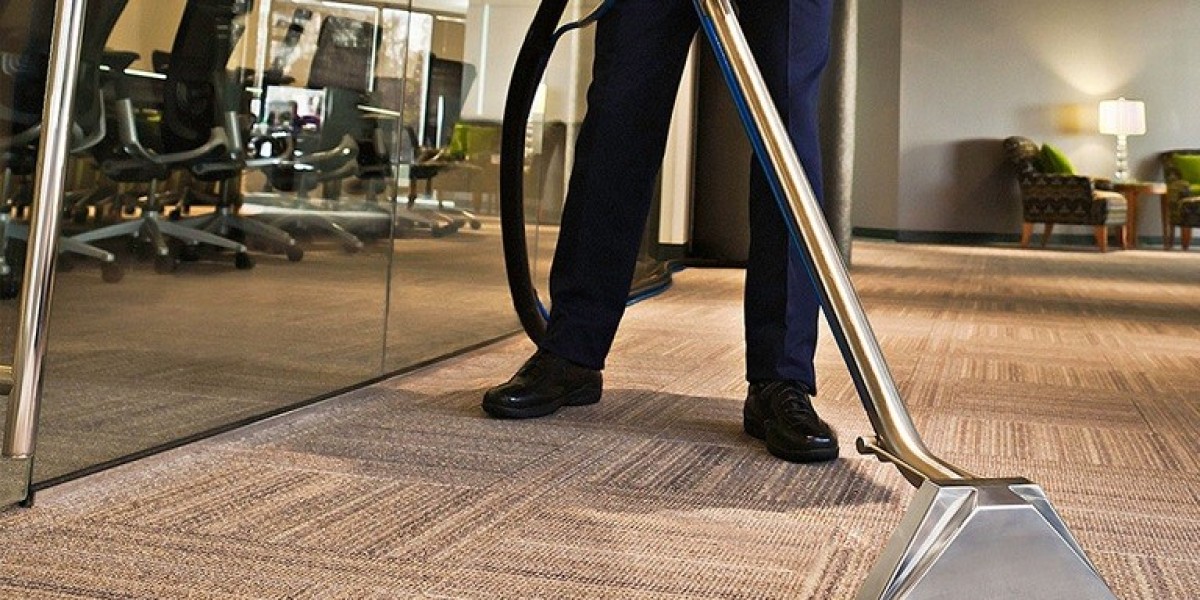Pursue an MBBS in Iran to experience affordable, globally recognized medical education with modern infrastructure and strong academic traditions. Over the past decade, Iran has steadily emerged as an attractive destination for Indian students who want to study medicine abroad without spending the massive sums required by private colleges in India or Western universities. Known for its research-oriented medical universities and safe environment, Iran offers an accessible route to an MBBS degree that is accepted by the National Medical Commission (NMC), the World Health Organization (WHO), and other international bodies.
Below is a complete guide that explains everything you need to know, step by step—from understanding eligibility to settling into student life.
Understanding Eligibility Criteria
Before starting your application, ensure you meet the minimum eligibility requirements. Iranian universities have clear standards to maintain academic quality. Here are the main criteria:
Academic Qualification: You must have completed 10+2 or equivalent education with Physics, Chemistry, and Biology as core subjects. A minimum of 50% aggregate marks in PCB is generally required.
NEET Qualification: Indian students must qualify NEET in the same admission year or the two preceding years.
Age Requirements: You must be at least 17 years old on or before 31st December of the admission year.
Language Proficiency: Although MBBS is taught in English, some universities might conduct interviews to confirm your communication skills.
Medical Fitness: A health certificate confirming that you are medically fit is mandatory for admission and visa processing.
Selecting the Right University
Iran hosts several reputable medical universities that offer English-medium MBBS programs. Some of the most popular options among Indian students include:
Tehran University of Medical Sciences
Shiraz University of Medical Sciences
Isfahan University of Medical Sciences
Mashhad University of Medical Sciences
Tabriz University of Medical Sciences
These universities are recognized by WHO and are listed in the World Directory of Medical Schools (WDOMS). They also maintain affiliations with modern teaching hospitals, giving students extensive clinical exposure.
When shortlisting universities, consider:
Tuition Fees & Living Costs: Iran is cost-effective, with tuition fees ranging from USD 4,000–7,000 per year.
Hostel Facilities: Most universities offer well-maintained hostels with Indian food.
FMGE/NExT Training: Many universities provide coaching support for Indian licensing exams.
International Recognition: Ensure the university is approved by NMC.
Application and Admission Process
Once you’ve selected your university, follow these steps carefully:
Online Application: Complete the university’s official application form, providing your personal details, education history, NEET score, and scanned copies of your documents.
Document Submission: Prepare and submit:
10th and 12th mark sheets
NEET scorecard
Passport copy
Passport-size photographs
Birth certificate (in English)
Medical fitness certificate
Invitation Letter: After verifying your documents, the university will issue an Official Admission Letter or Invitation Letter.
Payment of Fees: You may be asked to pay the first year’s tuition fee or a part of it to secure your seat.
Apostille and Translation: Your documents must be notarized and, if necessary, translated into Persian (Farsi).
Visa Support: Universities typically provide visa support letters for your embassy application.
Visa Application Process
Iranian student visas are processed at the Embassy of Iran in India. Follow these steps to avoid delays:
Collect Required Documents:
Admission/Invitation Letter
Visa Support Letter from the university
Valid Passport
Apostilled Academic Documents
Medical Certificate
Police Clearance Certificate
Financial Proof (bank statements)
Fill Visa Application Form: Available online or at the embassy.
Book Appointment: Schedule an interview or biometrics if required.
Pay Visa Fees: Fees may vary depending on the embassy and processing times.
Processing Time: Generally takes 3–4 weeks.
Visa Issuance: Once approved, you will receive your student visa sticker.
Pre-Departure Preparation
Before leaving India, make sure you:
Arrange currency exchange for the first few weeks.
Book your flight to Tehran or the nearest international airport.
Inform your university’s international office about your arrival date.
Carry 10–12 passport-size photos.
Keep physical and digital copies of all important documents.
It’s also a good idea to attend a pre-departure orientation, which many consultancies or universities conduct. They’ll cover topics like safety, cultural etiquette, and how to handle emergencies.
Arrival and Registration
Upon arrival in Iran:
Airport Reception: Many universities provide airport pickup for international students.
Temporary Accommodation: If your hostel is not immediately available, the university will arrange a temporary stay.
Registration: Complete your in-country registration with the university’s International Students Office.
Medical Check-up: Some institutions require a local health check before final enrollment.
Residence Permit: Apply for a Temporary Residence Permit within the first month.
Cost of Living and Student Life
Iran offers a high quality of life at a modest cost. On average, living expenses per month are:
Accommodation: ₹10,000–₹15,000 (university hostel)
Food: ₹4,000–₹7,000
Transport: ₹1,500–₹2,500
Miscellaneous: ₹2,000–₹3,000
Monthly expenses usually total ₹18,000–₹25,000, making Iran more affordable than many European destinations.
Student life in Iran is culturally rich. You’ll experience:
Welcoming communities
Modern sports facilities
Indian student associations
Festivals and cultural events
Safety is a priority. Iran is regarded as a peaceful country with a low crime rate and a respectful attitude towards international students.
Preparing for FMGE/NExT and Career Options
Throughout your MBBS journey, you should plan for licensing exams:
Iranian universities offer dedicated FMGE/NExT preparation.
You can also pursue USMLE or PLAB with guidance from faculty.
Graduates often proceed to PG programs in India, the UK, or the Gulf.
Conclusion
If you are looking for a cost-effective, safe, and globally recognized path to become a doctor, studying MBBS in Iran is a compelling choice. From streamlined admissions to excellent clinical training, Iran has everything you need to build a successful medical career abroad. By following this step-by-step guide, you can confidently start your journey towards becoming a qualified medical professional.






